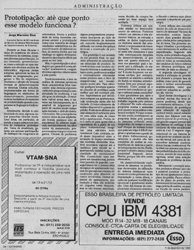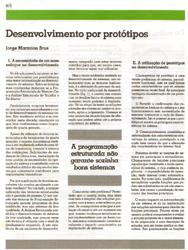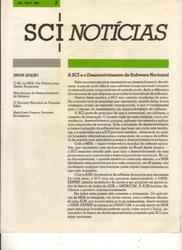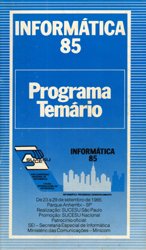Why Data Model Designer was born?
I have been a Senior Database Consultant since the early ‘80s. I practically witnessed the dawn of the Relational era a long, long time ago, when I first tried a version of SQL/DS on an IBM 360 directly from the IBM Boeblingen labs. It took hours to do anything, but compared to IMS it was so easy to use!
Back in the late '80s CASE tools where rather primitive, or VERY expensive. Few companies could afford Method/1, Excelerator or IBM's Bachman, and even those who could found the process cumbersome. ERWin was, back then, simple, though well designed, and was growing popular.
Most people, at least in Brazil, where rather skeptical about CASE tools, and preferred, if any, manual graphical tools to develop their data models.
Back then I was writing articles in major publications, lecturing in computer meetings, teaching and consulting.
Invariably, and THAT caught my attention as a consultant, the graphical data model did not match the data model stored in the physical database. But I was really shocked to find out, consulting a huge English bank, that even those projects developed with Method/1 were not synchronized. I thought to myself: "If these guys with this expensive tool cannot keep their project up-to-date, nobody can".
I was planning to develop a project called Data Workstation, since I truly believed (as I do today) that the structure of the data leads to the structure of the system. I was rather convinced, from my research, that the structure of the logical data model could be derived from the structure of the physical database, provided certain assumptions were made. I spent some months paying attention to that, and after I convinced myself the idea was feasible, I decided to develop some algorithms to validate the theory.







